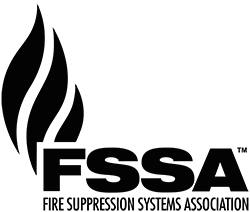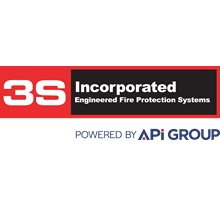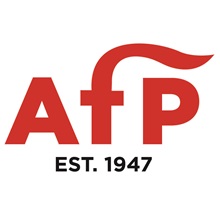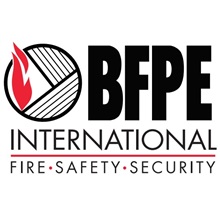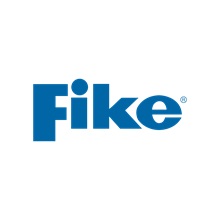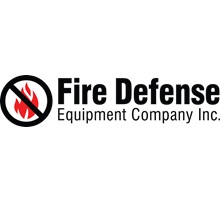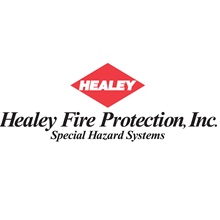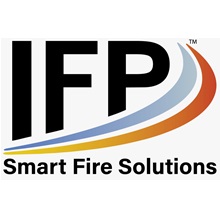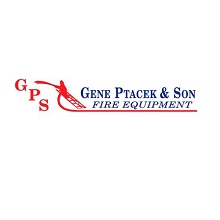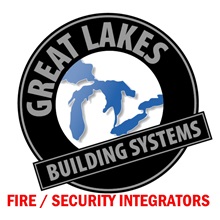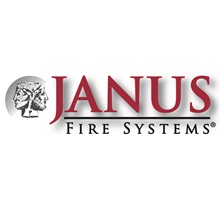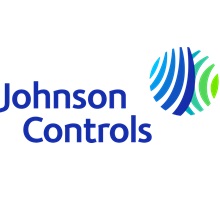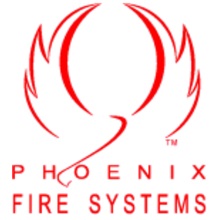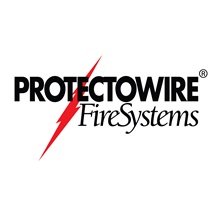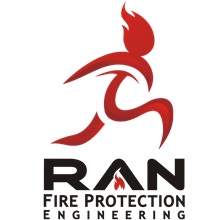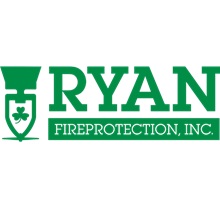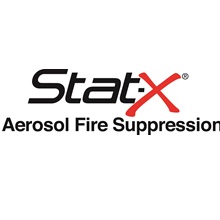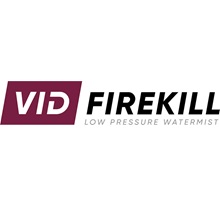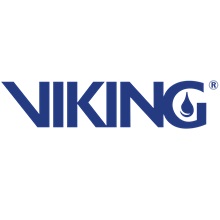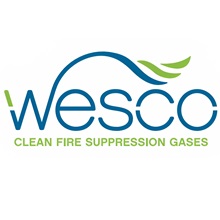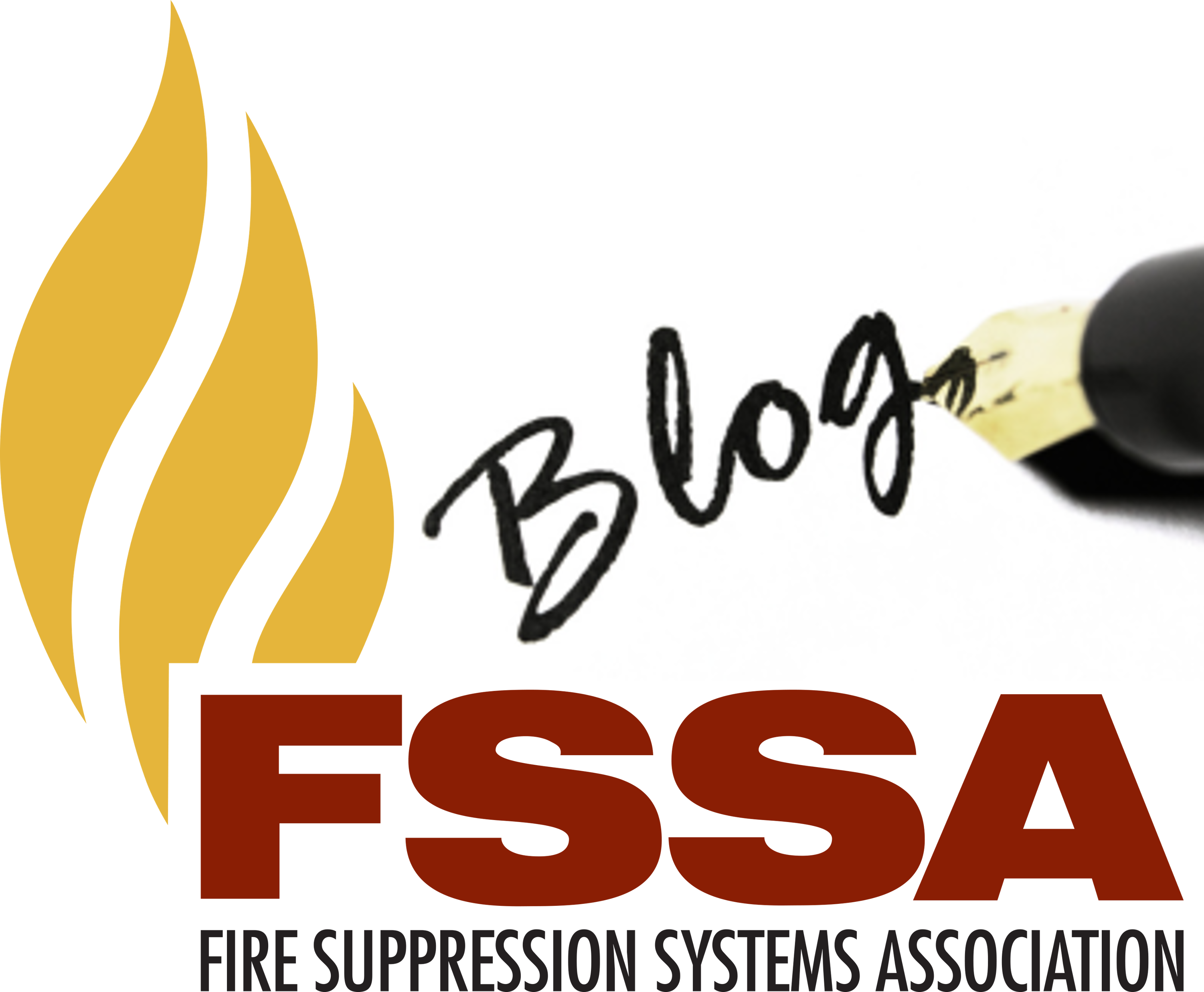The acronym PFAS is short for per or polyfluoroalkyl substance. Depending on the source, there are up to 15,000 products or materials that meet the definition of PFAS. PFAS includes a broad category of materials that can be solids, liquids or gasses. Some fire protection materials, defined as PFAS, that are components in aqueous film forming foams (AFFF) are considered persistent, bioaccumulative, and toxic (PBT). Because of this, their use in fire protection and other applications is being phased out globally by the U.S. EPA and other regulatory agencies.
Are Fire Suppression Clean Agents a PFAS?
A simple definition of a PFAS used in fire protection by international regulators such as the U.S. EPA and the European Chemical Agency (ECHA) may be considered to be a material containing at least one carbon atom with at least three fluorine atoms attached to it. This means that the most commonly used clean agents, FK-5-1-12, HFC-125, HFC-227ea, HFC-236fa, and 2-Bromo-3,3,3-trifluoro-propene are all considered PFAS.
Halocarbon clean agents meet the definition of PFAS but have properties that differ dramatically from those in AFFF. AFFF are mostly water, have low vapor pressure and high heats of vaporization, are designed for use in water and remain in the liquid phase, ultimately partitioning to the ground water phase after discharge. Their key components, PFOS and PFOA, are considered to be persistent and have been found to be bioaccumulative, and toxic (PBT). Halocarbon clean agents, however, are materials with a high vapor pressure and low heat of vaporization, making them quickly become a gas in end use, ultimately partitioning to the gas phase in the atmosphere where the chemistry is well known and highly regulated. They are not bioaccumulative and the key clean agents used in fire protection are considered safe for use in occupied spaces and are low in toxicity. So, it is necessary to differentiate PFAS used in fire protection that partition to ground water from those that partition to the atmosphere. Not all PFAS are created equally.
Will PFAS Fire Suppression Clean Agents be Regulated Out of Production?
It is important to know that the U.S. EPA has not indicated any intent to restrict production or use of FK 5-1-12 in the United States. ECHA is currently receiving comments on a February of 2023 proposal considering the future regulation of these materials. However, they are currently considering a derogation (exemption or relaxation) in the regulation for halocarbon clean agents as well as PFAS materials used in other industries.
The European Chemical Agency (ECHA) and the restriction process is a three-phase process. They are currently in the second phase, which in itself has two phases, consultations and opinion development. After that, a decision will be made, and regulation will be finalized in Europe. It looks like, as of right now, it would start in 2025, and for clean agents, there would be a 13.5 year timeframe or around the year 2038 to allow the industry to consider and possibly develop materials that would not meet the definition of PFAS and could replace the materials that are currently commercially available today. This is assuming that someone can or will want to create an alternative to the clean agents.
The ECHA comment deadline is 25 September 2023. Comments will then be sent to the European Commission for debate and an eventual final rule. At this time, the Fire Suppression Systems Association (FSSA) is considering their recommendation submission on this topic to ECHA.
What is an Acceptable PFAS for Use in Fire Protection?
In considering the future of PFAS in fire protection, it is important to understand the difference of materials that partition to the groundwater phase versus those that partition to the atmosphere. Most concern relates to contamination in water and soil, but not in the atmosphere. A large part of the problem, however, is at this time there is a lack of a technical definition of what exactly “persistent” means in this context.
For example: For clean agents, does persistent mean an atmospheric lifetime of a few days or a week like FK 5-1-12 or 2-Bromo-3,3,3 trifluoro-propene? Does it mean tens or hundreds of years like HFCs in the atmosphere or even thousands of years like we have with PFCs? There seems to be no accepted definition of persistence from an atmospheric lifetime standpoint to proscribe a material’s use. Conversely, the current measure for toxicity by regulatory agencies and included in industry standards is a material’s acceptability for use in occupied spaces.
Looking for more education on PFAS? Videos are continuing to be added to the FSSA Differentiating PFAS Series playlist on YouTube. Subscribe to the FSSA channel for updates. FSSA members also have access to the PFAS Task Force Resource Center where you can find a variety of online resources and updates on PFAS. Not an FSSA member? Join today and your entire company gains access to the FSSA Annual Forum, publications and communications, complimentary webinars, discounted training programs and more!
Take advantage of the FSSA new member promotion for Installers, Manufacturers, and Suppliers. This one-time introductory membership price is valid for any new member company or returning member company that has not been active in the last three (3) consecutive years.